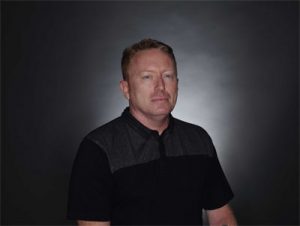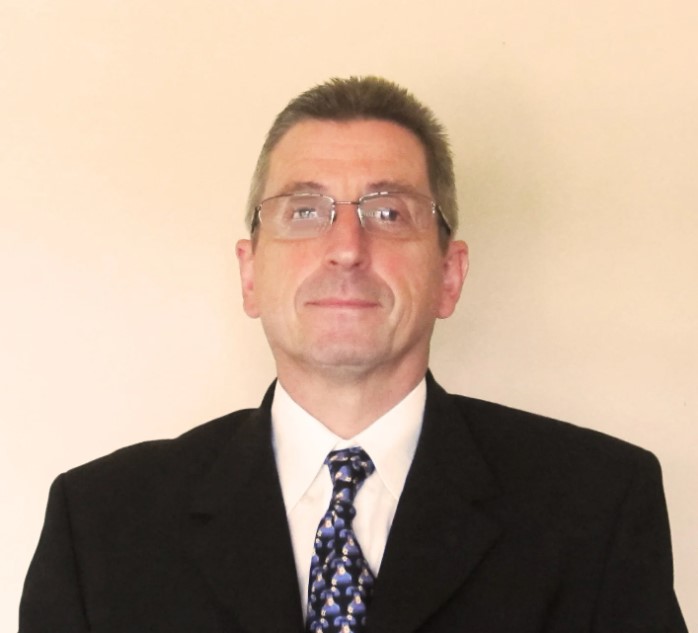BGA | Applications, tips and trends in hand soldering, rework, repair and desoldering. Metcal is one of the world’s leading brands in soldering stations, rework stations, fume extraction and benchtop accessories.
Metcal will be presenting two white papers at IPC APEX 2017 in San Diego this February 14-16. Take a look at a summary of what our engineers will be presenting:
When: Wednesday, Feb. 15th, 1:30 -3:00 PM
What: Panel: S17: Rework I
Location: 1A
Rework Challenges for Leading Edge Components BGA, QFN and LED in Today’s Fast Moving Industry
(see also below: Risk Mitigation in Hand Soldering)
Presented by Paul Wood, Metcal Advanced Product Applications Manager
The electronics assembly industry continues to face the challenges associated with BGA, QFN, and LED packages. The demand for more performance by consumers drives change, which results in greater component density. Component density on printed circuit boards continues to decrease with a corresponding increase in component complexity and reduction in pitches. Good examples of these industrial trends are smart phones, tablets and wearables.
In modern production lines, the complexity of these devices drives manufacturers to rely on automated equipment and strict production processes to control variables such as paste deposition volumes, reflow times, and component placement when working with new boards. However, in a rework scenario, controlling all of the variables required to remove and replace one component is challenging. Each of the variables involved with soldering these devices are managed on an individual basis.
Many rework processes are still manual, ranging from hot air pencils to automated rework machines. These tools are required to duplicate the production process on an individual level. Solder balls up to one thousand and a pitch of 0.35mm on a BGA are becoming more common than 0.4mm or 0.5mm in a package size of 14mm square. QFNs are traditionally difficult to rework due to their excellent thermal characteristics. QFNs with a 0.35mm pitch and double row terminals on the perimeter and various size ground pads in the middle are increasingly common. LED technology has seen a massive growth, with larger packages and higher wattage output in today’s leading edge printed circuit boards. Higher wattage output requires the use of metal backplanes to dissipate the heat. Contrast the backplane requirement with a relatively low temperature lens and the challenges become evident. This requires more thermal energy in rework, without melting the case of LED. This is a different situation than when LEDs first became mainstream.
Paul Wood is an industry expert in the BGA/CSP/Array package rework arena. With 34 years of service at OK International, Inc.’s Metcal division, and 43 years experience in the electronics assembly industry, Paul has used his global experience in rework to keep electronic assembly manufacturers on the leading edge of technology. Paul is the Advanced Product Applications Manager specializing in new technology rework applications. He is also an expert in working with lead-free advanced BGA packaging rework equipment.
Paul works extensively with component manufacturers and advanced packaging professionals to find the latest rework solutions, and incorporates new processes for them into the design of their rework systems.
Risk Mitigation in Hand Soldering
Presented by Robert Roush, Metcal Product Support Engineer
Soldering is the bonding of metallic surfaces via an intermetallic compound (IMC). The interaction between thermal energy delivery, flux chemistry, and solder chemistry creates the solder bond or solder joint. Today, reliability relies on visual inspection; operator experience and skill, control of influencers (e.g. tip geometry, tip temperature, and collection and analysis of process data.)
Each factor involved with the formation of the solder joint is an element of risk and can affect either throughput or repeatability. Mitigating this risk in hand soldering requires the identification of these factors and a means to address them. A new technology which evaluates the quality of the solder joint by calculating the intermetallic compound formation and provides closed loop feedback to the operator, changes the way solder joints are evaluated in hand soldering.
Validation of the solder joint requires the ability to identify the correct solder geometry, detect the transition of solder from solid to liquid, and calculate the intermetallic compound formation without adversely impacting throughput or repeatability. Additionally, to be effective, this validation of the solder connection provides real time feedback to the operator and prompts action based on the response. Implementation of this new technology represents a paradigm shift in the hand soldering industry, changing the reliance on visual inspection to control of the formation of the intermetallic compound.
 Robert Roush is a 9 year veteran of Metcal. He learned soldering applications and techniques first hand while spending 11 years in the U.S. Marine Corps prior to obtaining both a BS and an MBA. Robert is responsible for getting Metcal’s top NPIs to market.
Robert Roush is a 9 year veteran of Metcal. He learned soldering applications and techniques first hand while spending 11 years in the U.S. Marine Corps prior to obtaining both a BS and an MBA. Robert is responsible for getting Metcal’s top NPIs to market.

